The Blue View - Godzilla El Niño?
/This year looks like it is not only going to be an El Niño event, it's being referred to as a Godzilla El Niño – perhaps the strongest El Niño in recorded history. According to Scripps Oceanographic Institute, “an El Niño is a temporary change in the climate of the Pacific Ocean, in the region around the equator. You can see its effects in both the ocean and atmosphere, generally in the Northern Hemisphere winter. Typically, the ocean surface warms up by a few degrees Celsius. At the same time, the place where hefty thunderstorms occur on the equator move eastward. Although those might seem like small differences, it nevertheless can have big effects on the world's climate.”
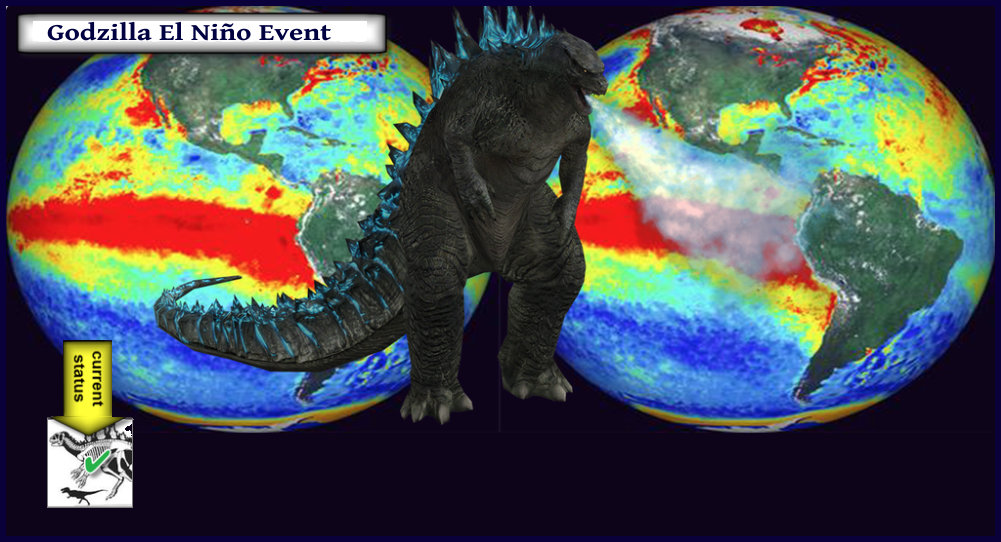
According to PBS Online, “The name El Niño (referring to the Christ child) was originally given by Peruvian fishermen to a warm current that appeared every year around Christmas. What we now call El Niño seemed to them like a stronger version of the same event, and the usage of the term evolved over time until it only referred to the irregular strong events. It wasn't until the 1960s that people started realizing this was not just a local Peruvian occurrence, but was associated with changes over the entire tropical Pacific and beyond. In effect, El Niño was too big to be seen as the mega-event it is; it just seemed like a lot of unconnected unusual weather events around the world. “ And Godzilla? We all know where that came from, although I didn't know until today that it is an Anglicized version of the fusion of the Japanese words for gorilla and whale.
As most of us recognize, the weather around the world has been even weirder than usual. In the U.S., December was the warmest and wettest in the country's history, and according to NOAA, an amazing 6372 (!) record high temperatures were registered during the month; there were a multitude of absolutely devastating winter tornadoes in the midwest and south - even San Diego was hit; and record rainfall and flooding have occurred in a number of states. Mother Nature seems especially ticked off.
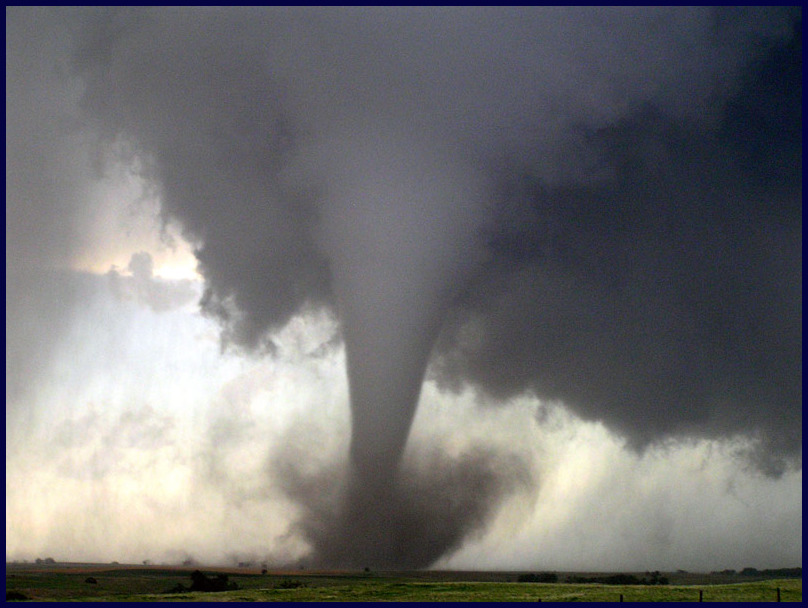
For sailors, a strong El Niño year is a mixed blessing. Depending on where they'll be sailing, the weather patterns may be better or worse, but will very likely be different than in a non-El Niño year. In the Atlantic, if the El Niño is still strong next summer, the number and strength of hurricanes will be less. On the other hand, there are likely to be more storms in the Gulf of Mexico and southeast U.S. coastal areas this winter.
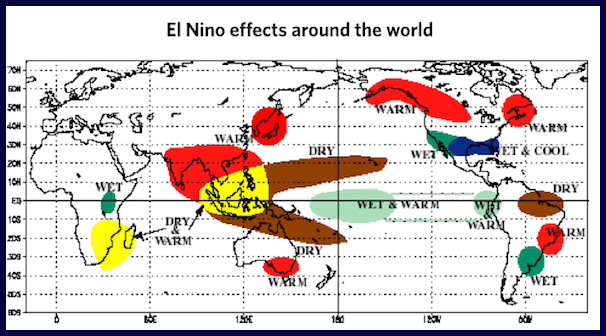
In the North Pacific, there may be stronger storms and heavier seas in the central and eastern areas. California and northern Mexico will probably see more stormy weather and heavy rains this winter. The South Pacific will likely experience more cyclones. Often during an El Niño event, the cyclones persist later than usual and tend to make their way further east. The usually strong and dependable easterly trade winds may be lighter than usual as well. They may become light and variable, and even reverse direction on occasions. That'll make those long Pacific passages even longer.
We pay attention to big global weather patterns like El Niño events, but in actuality, we don't make or change our plans based on them. We avoid cyclone, hurricane and typhoon regions in the appropriate seasons. Even so, we've had a few close calls, like Cyclone Bune that made our passage from the Chatham Islands to the north island of New Zealand less than fun – and that was in 2011, a La Niña year.
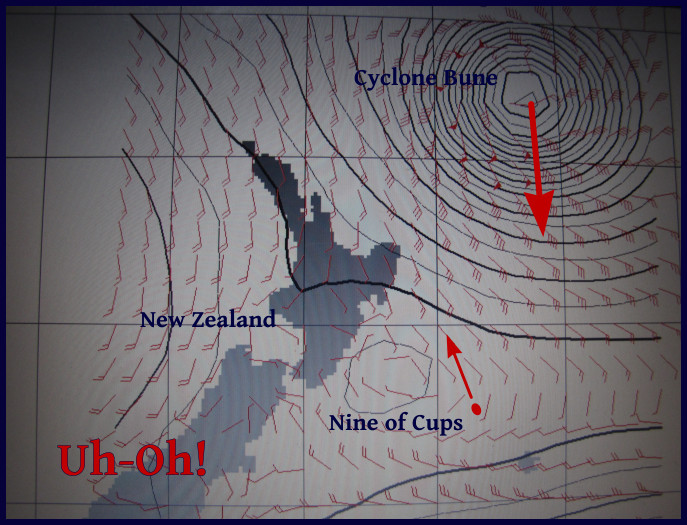
Whether we're on a passage or anchored, we watch for storms or nasty weather approaching and try to be prepared. And we pay attention to the day-to-day weather heading our way. But we didn't postpone our 2009 Pacific crossing because it was an El Niño year, and while we did have our share of bad weather, it wasn't so bad that we regretted not waiting another year. On the other hand, our El Nino event in 2009-10 was considered moderate. There hasn't been a strong El Nino event since 1997-98, but if this really does turn out to be the “Godzilla El Niño” meteorologists are predicting, watch out this year.
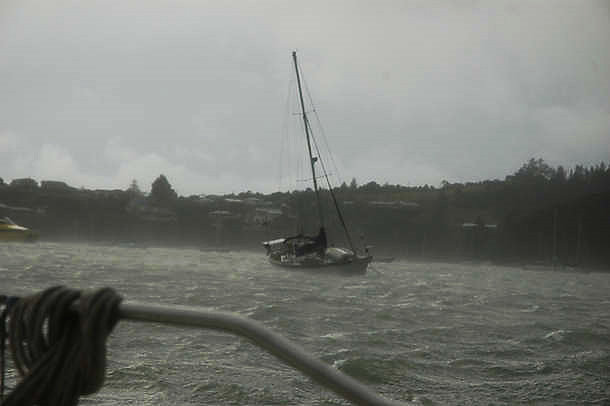
The world's weather seems to be getting more abnormal every year. Our trek north from Trinidad in a couple of months shouldn't be greatly affected, but all the Puddle-Jumpers planning to head from Panama to New Zealand this spring will need to be extra careful.

